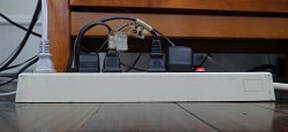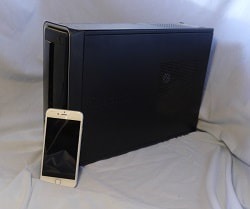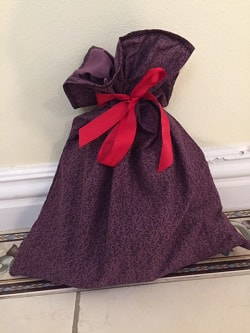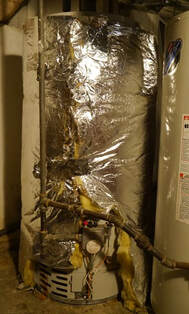
A variety of electronics and small household appliances continue to use electricity even when they are turned off. Collectively, these “energy vampires” add to your electric bill. The Department of Energy suggests that “an appliance constantly taking in 1 watt of electrical current is equivalent to 9kWh per year, adding up to $1 in annual costs (basically $1/watt/annual). Considering how many appliances are used in an average household, costs can quickly add up to $100-200 a year.”*
Unplugging electronics when they are not in use reduces this drain. To make the off-switch more convenient, plug electronics into power strips that are easily turned off as needed. Place a power strip by your entertainment center to plug in TVs, DVD players, and game consoles. In the bathroom, use a power strip for electric razors, curling irons, and hair dryers. The drain from kitchen appliances can be reduced by plugging toasters and toaster ovens, coffee makers and grinders, microwave ovens, and kitchen TVs into a power strip and turning it off when not in use.
*Scott Minos. October 31, 2022. “How to Stop Energy Vampires from Attacking Your Home.” https://www.energy.gov/energysaver/articles/how-stop-energy-vampires-attacking-your-home
Photo by Susan O'Donnell




 RSS Feed
RSS Feed